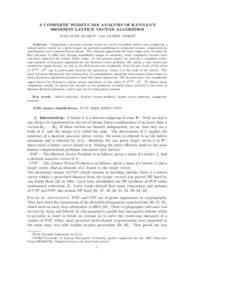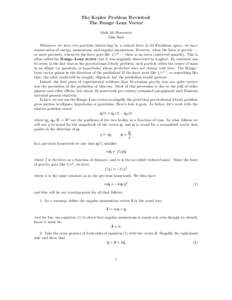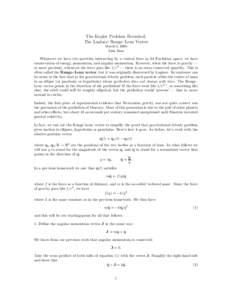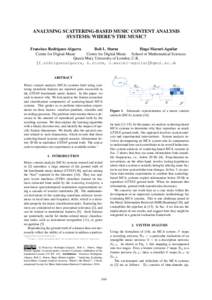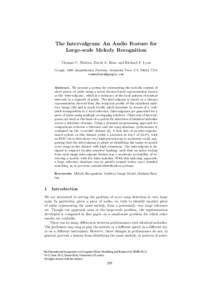<--- Back to Details
| First Page | Document Content | |
|---|---|---|
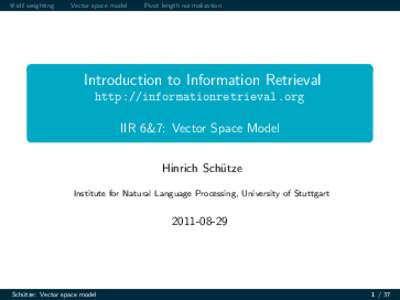 Date: 2016-02-24 18:38:54Information science Information retrieval Algebra Natural language processing Vector space model Statistical natural language processing Tfidf Latent semantic analysis Vector Learning to rank Euclidean vector Matrix |
Add to Reading List |
 Introduction to Information Retrieval ` `%%%`#_`__~~~false [0.5cm] IIR 6&7: Vector Space Model
Introduction to Information Retrieval ` `%%%`#_`__~~~false [0.5cm] IIR 6&7: Vector Space Model